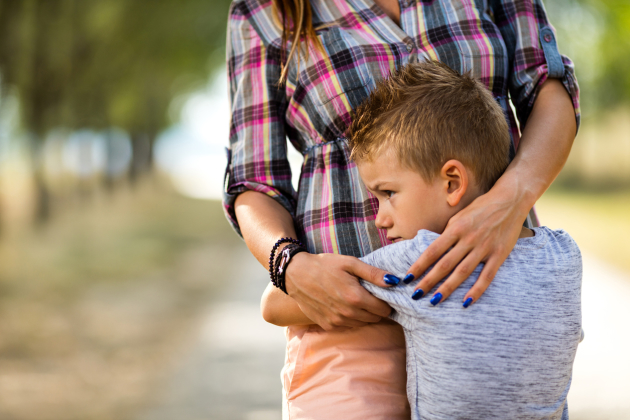In one of his recent op-ed columns in the New York Times, Thomas Friedman noted that Robert Macfarlane, in 2015 book, Landmarks, made the point that a recent edition of the Oxford Junior Dictionary (aimed at 7-year-olds) no longer includes words such as “fern,” “otter,” “dandelion,” “pasture,” and “willow.” It’s not that these words have somehow acquired improper or politically incorrect connotations. Not at all. Instead, as Macfarlane reveals, the editors of the dictionary deemed that such “nature words” were simply less relevant to the lives of modern children.
So, what words or terms took their place? How about “broadband,” “blog,” “cut and paste,” “MP3 player,” and “voice mail.” I suppose you could call this an example of editorial Darwinism, a system where only the fittest of the vocabulary survive. In books, as in nature, I guess there’s room for only so many to make the cut.
Remember when Mom used to tell us, “Now, go outside and play”? Sure, she wanted us out from underfoot, but she also knew that’s exactly where we wanted to be. Outdoors is where we could build a fort, dam up a small creek, and skip rocks across the pond. It was fun, but we also learned that moss-covered rocks in a stream are slippery as all heck and shiny, three-leaved plants can give you an awful itch.
As we got older, we came to understand the care and responsibility involved in carrying a rifle in the field, of knowing both the written and unwritten rules of the hunt, and how to determine when to take—or not take—a shot. And, over time, we came to appreciate the value of an honest effort in the field, even when we came home empty-handed. Nature is a great teacher, and I feel sorry for youngsters who were never given the opportunity to hunt or fish of, for that matter, to strap on a backpack or canoe down a river for a few days.
A recent column by James Campbell of the Los Angeles Times is a stark reminder of how little time many of today’s kids and, indeed, many of today’s adults spend outdoors.
“As a boy,” Campbell writes, “I wandered the woods and fields unsupervised from morning until dark. Today, many children spend less than 30 minutes per week playing outside and as many as seven hours a day glued to TV screens, iPads, and video games. Their parents are no better: Adults pass 93 percent of their lives inside buildings or vehicles.”
Researchers, Campbell points out, say a growing number of Americans suffer from biophobia, a fear of the natural world. In children especially, a mere “flock of birds or a strong wind” can provoke surges of anxiety, triggering the same fight-or-flight response that evolved to protected us from deadly threats.
Not surprisingly, Campbell reaffirms that evidence, suggesting that time spent outdoors boosts kids’ self-esteem, problem-solving skills, cooperation, focus, and self-discipline.
Another threat to our future is the growing concern about chronic wasting disease (CWD) in a number of states across America. Beginning with the Winter 2016 issue, the Boone & Crockett Club’s Fair Chase magazine is kicking off an ongoing and in-depth look at this deadly disease.
Scientists at the University of Wyoming, for example, studied deer in the southeastern part of the state from 2003 to 2010, asking the question, “Could CWD alone account for the decline of an entire free-ranging population?” The researchers found that CWD, where present, led to a ten percent decrease in a herd’s size per year, which could cause extirpations—extinctions in certain areas—within 50 years.
That’s a scary and sobering thought. Here’s another: In 50 years, will many of today’s 7-year-olds care?
It’s up to us to help them understand why they should.
Doug Painter is the editor-in-chief of the Boone & Crockett Club’s Fair Chase magazine, in addition to being an editorial advisor for Sporting Classics. This article originally appeared as his “From the Editor” column in the Winter 2016 issue of Fair Chase.
To find out more about the Boone & Crockett Club and to become a member, visit boone-crockett.org today.

